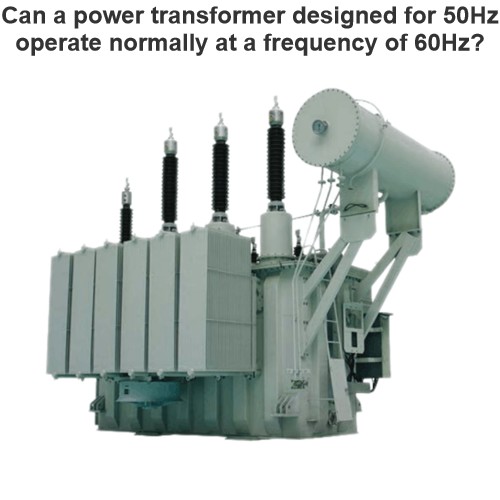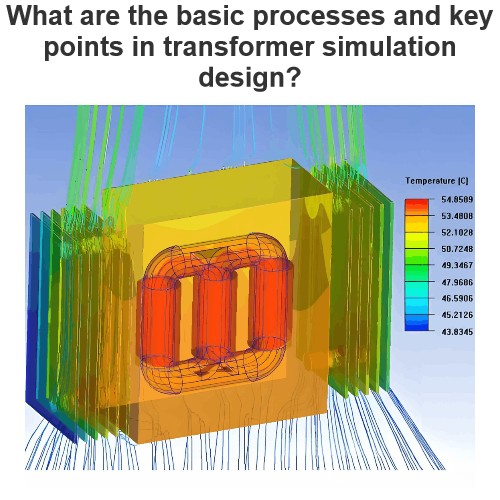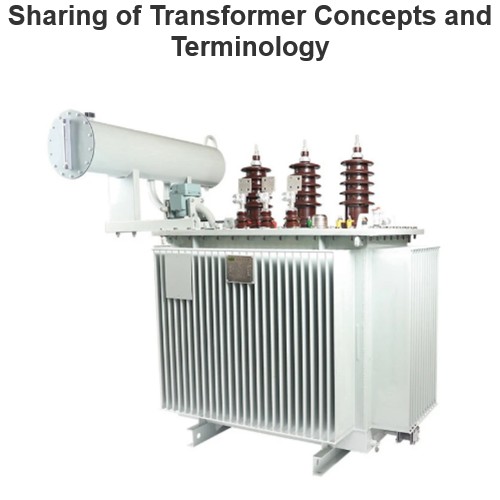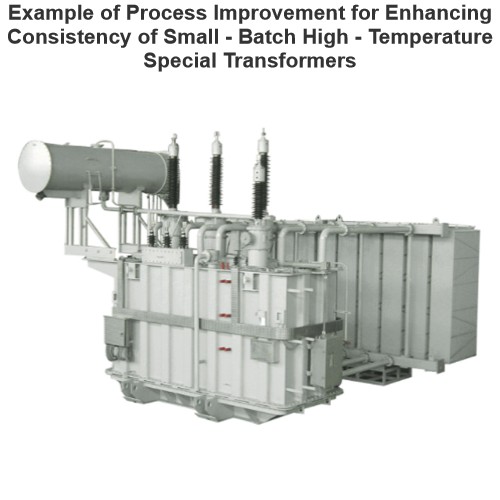Introduction of transformer dimensions based on IEC 60076
Relationship Between Rated Capacity and Dimensions
Definition of Rated Capacity: According to IEC 60076-1, the rated capacity is the maximum apparent power (kVA or MVA) allowed under continuous load, ensuring compliance with steady-state temperature rise and voltage regulation requirements.
Key Parameters Affecting Dimensions:
- No-load loss (P0) and load loss (Pk)directly influence the physical size of the core and windings.
- Short-circuit impedance (%) correlates with winding turns and insulation distances; higher impedance designs may require larger dimensions.
Winding Connection Types and Structural Design
- Y-Type Winding: Suitable for high-voltage sides, cost-effective, and supports neutral grounding. Commonly used in Dyn11 configurations to reduce zero-sequence impedance.
- D-Type Winding: Ideal for low-voltage, high-current scenarios. Combined with Y-type windings, it optimizes zero-sequence current paths (e.g., Yd11 or Dyn11 for 10/0.4kV distribution transformers).
Cooling Methods and Physical Dimensions
Cooling Types:
- AN (Natural Cooling): Relies on radiators for heat dissipation, compact but limited in capacity.
- AF (Forced Air Cooling): Requires fans, increases volume but supports higher capacities.
Example Dimensions (from technical specifications):

Insulation Levels and Dimensional Impact
- Insulation Classes:F-class or H-class insulation materials allow more compact designs due to higher temperature tolerance.
- Insulation Test Requirements:Impulse withstand voltages (e.g., LI75 AC35 for low-voltage side and LI170 AC70 for high-voltage side) affect winding spacing and insulation thickness.
Tap Range and Structural Complexity
Tap Changers: A ±2×2.5% tap range requires built-in voltage regulation windings, potentially increasing axial dimensions.
Summary
Transformer dimensions are determined by rated capacity, losses, cooling methods, and insulation requirements. Practical designs should follow IEC 60076-1 general rules and IEC 60076-8 load guidelines, combined with standardized parameter tables (e.g., ). Avoid oversimplified models like "optimal load rate," as emphasized in IEC standards.
Hello,I'm Wdwiin. A decade of hands-on experience in electrical engineering, specializing in high-voltage systems, smart grids, and renewable energy technologies. Passionate about technical exchange and knowledge sharing, committed to interpreting industry trends with professional insights to empower peers. Connection creates value—let’s explore the boundless possibilities of the electrical world together!













